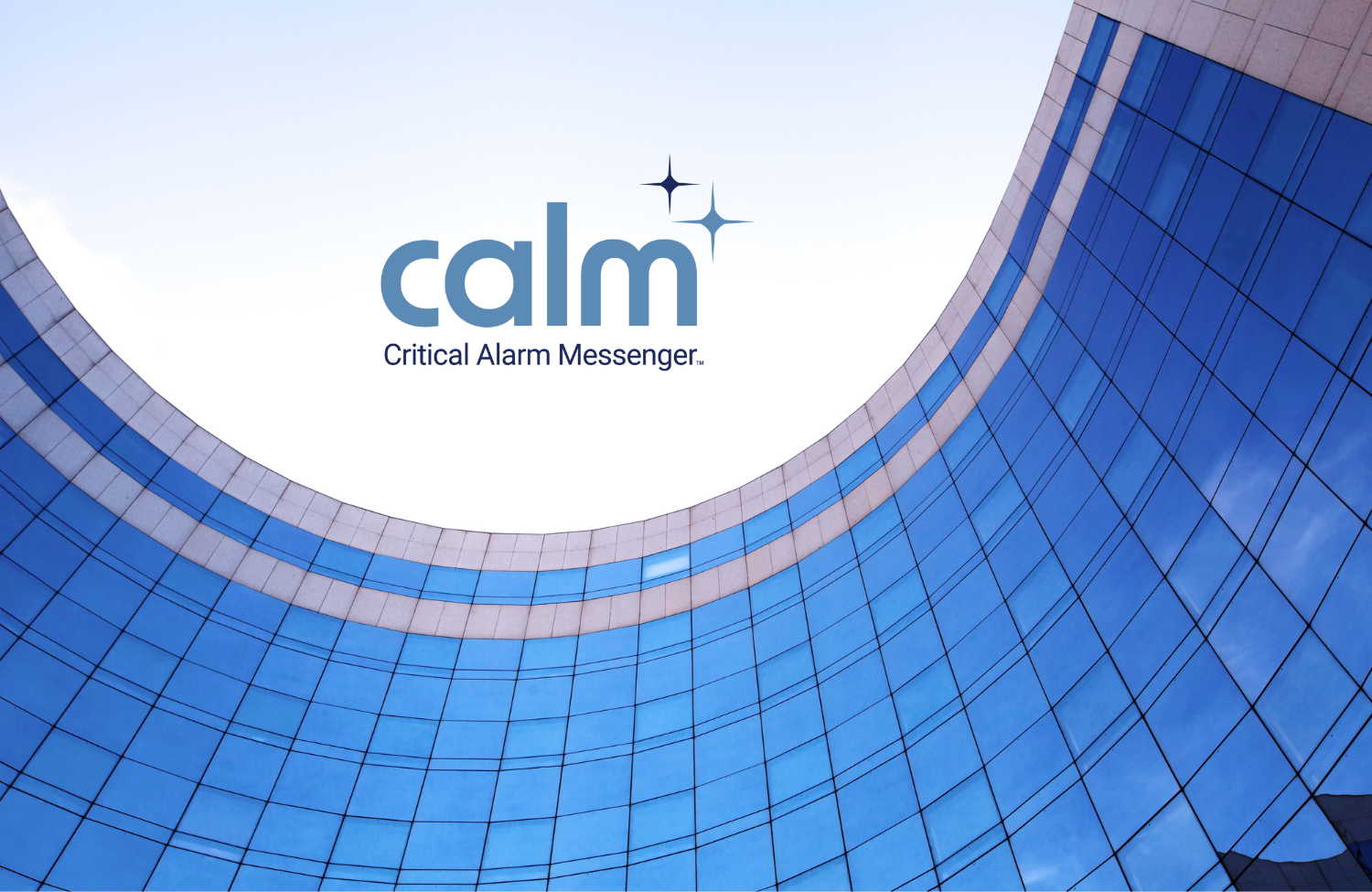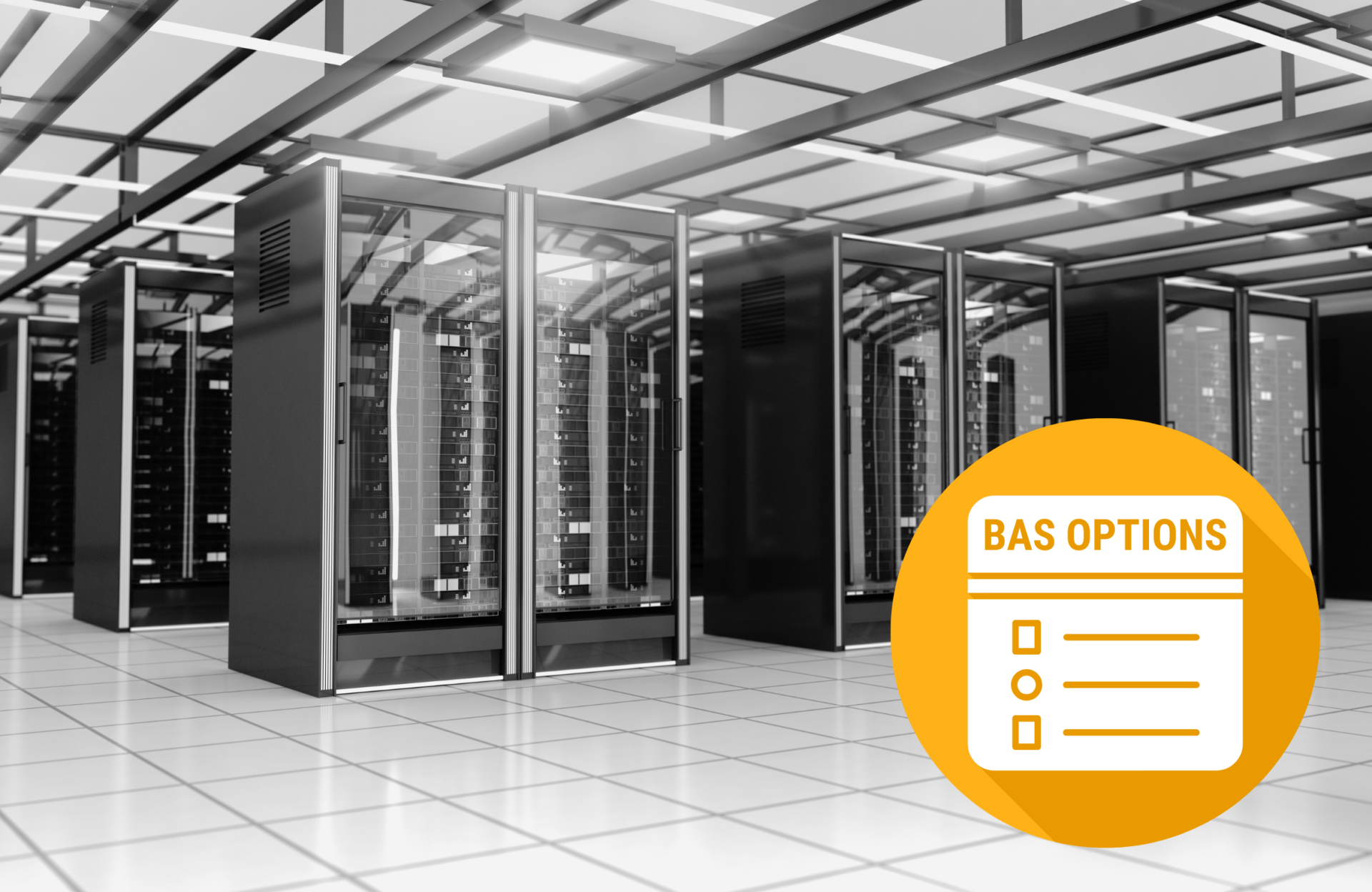We have all become accustomed to the idea of a “smart” building. We understand that the vital building systems, such as lighting and HVAC, can be automated and monitored remotely. It makes sense that equipment contains sensors and they are feeding data back to a platform and then magical software transforms this vast volume of data into sensible key performance indicators. We believe that building operators and managers can view these key indicators and gain insight, which will inform decision making.
But what happens when there are multiple buildings in a manager’s portfolio? The buildings may be adjacent or they may be geographically separated. Historically, each building operated in isolation. Decisions were made which were beneficial and suited for each building individually. Perhaps a lighting system that uses photocells was selected at one location while the next building’s system works with a timer. This can result in very different on/off schedules, unique control systems that require specific knowledge to operate and uneven building performance.
Occupant experience is a priority in today’s building management. A company’s portfolio represents their brand and creating a uniform occupant experience through out their building sites allows the occupant to be comfortable with the familiar systems and eliminates initial time spent bumbling around with controls to get things right. When an employee works in a building in New York and travels to a company site in Chicago, if building systems are the same, they will feel instantly comfortable and immediately productive.
Consistency in a building portfolio can improve energy efficiency as well. Each building can learn from the other best practices and successful solutions. Space utilization and system productivity can be analyzed side-by-side to plan the best strategies. If the portfolio’s building data can be viewed together and compared, portfolio wide decisions will be easier to make.
Using a single data and management platform that offers a multi-building dashboard can indeed connect buildings so that they will “talk” with each other. Overseeing several buildings, whether adjacent or separated geographically, is challenging so connecting them by using the IoT and smart building technology can simplify a monumental task. A platform that can sort through mountains of data and present a simplified user interface is essential. Building operators are not data analysts so data must be presented in a way that allows the viewer to immediately understand the state of their systems, as well as space utilization and energy consumption.
There are a few important things to expect from a management platform. It should be flexible enough to integrate legacy systems in existing buildings with newly constructed building systems. You should also consider that it should allow you to monitor all types of buildings, such as garages, residential, office space or community spaces.
Your platform should provide comprehensive, actionable data points presented in easy to interpret graphics. Ideally, it should allow access from all devices to monitor, manage and adjust settings from any type of device. Whether the building manager is at his desk or out in the field with a handheld device, he should be able to perform actions in the management platform. It should show comparisons between buildings to make the most of the available data.
In the past, building managers experienced difficulties around systems being installed and not controlled effectively as designed and planned. It was often easier to just leave equipment running instead of turning it down or off during slow periods of use. To avoid this inefficiency, the management platform should be as simple to use and scale as possible. If systems and building information can easily be added to the platform, economies can be found in scheduling cleaning staff, fewer maintenance staff will be needed and less management time is required.
Albireo Energy has a world-class team that offers the latest technology in facility and building management. Guidance from their expert staff is invaluable. A leader in the industry, Albireo offers the depth of experience to provide a custom platform that will allow you to maintain and monitor virtually any building system; easily scale up or down; effortlessly add and upgrade; and advise on the best approach to accomplish portfolio goals.
Smart portfolio managers get their smart buildings talking amongst themselves.







